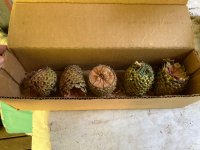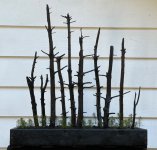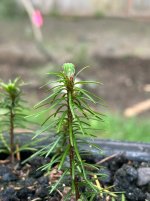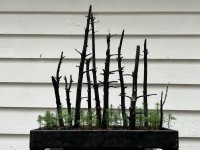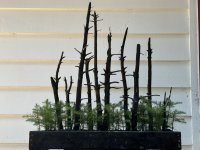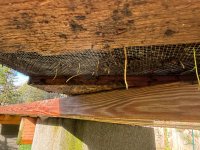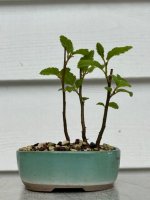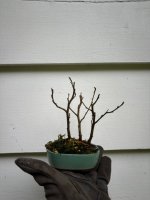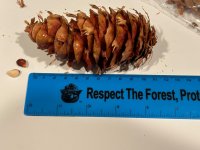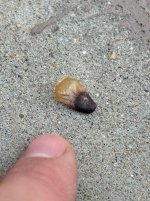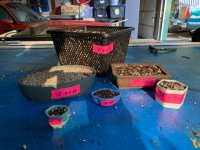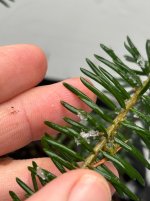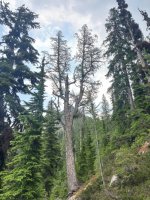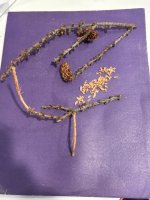Cruiser
Chumono
Mostly conifers. Mostly from western Washington. A few non-native oddities as well.
This thread was created to track their various stages of development and discuss management.
Abies procera (noble fir)
-cones collected 2022-2023 from various locations around Mt Rainier, Gifford Pinchot NF, Clark County, and Skamania County. Elevation range 2800’+
-individual seeds and whole cones were stratified over winter. Some outside, some in a freezer. There was no appreciable difference in germination rates.
-germination rates were high, but damping off killed many seedlings (estimated 20-50%)

One of the cone collection sites. Upper Jones timber sale.

Cones typically grow at the tops of trees. As they dry out, scales flake apart sending seeds into the wind.


A recent wind event aided collection. Small branches with perfectly-ripe, intact cones were knocked to the ground.

Large seeds can provide a sprout with nutrients for up to a year while its roots search for a favorable spot to grow. (Van Pelt 2007).
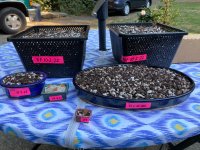

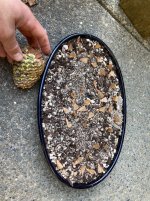
Some cones were squished apart and dumped into pond baskets, others had their seeds extracted and gently buried. Substrates range from pure pumice to pumice-bark mix.
This thread was created to track their various stages of development and discuss management.
Abies procera (noble fir)
-cones collected 2022-2023 from various locations around Mt Rainier, Gifford Pinchot NF, Clark County, and Skamania County. Elevation range 2800’+
-individual seeds and whole cones were stratified over winter. Some outside, some in a freezer. There was no appreciable difference in germination rates.
-germination rates were high, but damping off killed many seedlings (estimated 20-50%)

One of the cone collection sites. Upper Jones timber sale.

Cones typically grow at the tops of trees. As they dry out, scales flake apart sending seeds into the wind.


A recent wind event aided collection. Small branches with perfectly-ripe, intact cones were knocked to the ground.

Large seeds can provide a sprout with nutrients for up to a year while its roots search for a favorable spot to grow. (Van Pelt 2007).



Some cones were squished apart and dumped into pond baskets, others had their seeds extracted and gently buried. Substrates range from pure pumice to pumice-bark mix.


